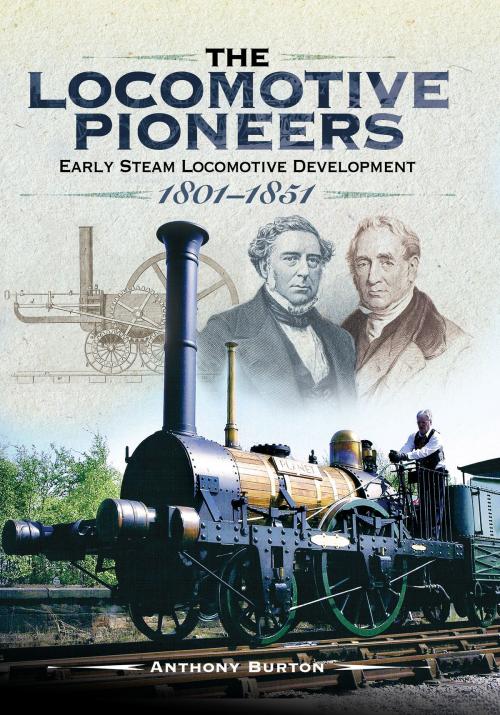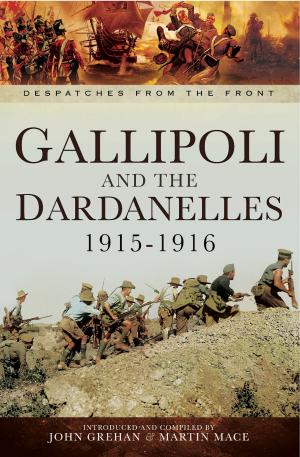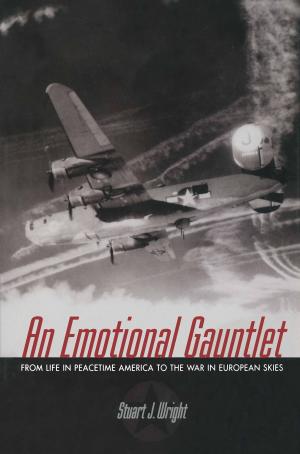The Locomotive Pioneers
Early Steam Locomotive Development 1801 - 1851
Nonfiction, Reference & Language, Transportation, Railroads, History, British| Author: | Anthony Burton | ISBN: | 9781473870260 |
| Publisher: | Pen and Sword | Publication: | November 30, 2017 |
| Imprint: | Pen and Sword Transport | Language: | English |
| Author: | Anthony Burton |
| ISBN: | 9781473870260 |
| Publisher: | Pen and Sword |
| Publication: | November 30, 2017 |
| Imprint: | Pen and Sword Transport |
| Language: | English |
This fascinating book explores the development of locomotives over the course of fifty years. From Richard Trevithick's first experimental road engine of 1801 up to the Great Exhibition some fifty years later, locomotives have come far in reimagining and reinventing themselves to serve the people and British industry.
The early years showed slow development amongst locomotives: Trevithick's first railway locomotives failed significantly as the engine broke the brittle cast-iron rails. The story is continued through the years when locomotives were developed to serve collieries, a period that lasted for a quarter of a century, and saw many different engineers trying out their ideas; from the rack and pinion railway developed by Blenkinsop and Murray, to George Stephensons engines for the Stockton & Darlington Railway. The most significant change came with Robert Stephensons innovative Rocket, the locomotive that set the formula for future developments.
British engineers dominated the early years, although in France Marc Seguin developed a multi-tubular boiler at the same time as Stephenson. The next period was marked by the steady spread of railways in Europe and across the Atlantic. Timothy Hackworth of the Stockton & Darlington railway supplied locomotives to Russia, and his men had an exciting ride to deliver parts by sleigh across the snowy steppes, pursued by wolves. In America, the first locomotives were delivered from England, but the Americans soon developed their own methods and styles, culminating in the Baldwin engines, a type that has become familiar to us from hundreds of Western films.
This is more than just a book about the development of a vital technology, it is also the story of the men who made it possible, from the steadily reliable team of William Buddicom and Alexander Allan, who developed their locomotives at Crewe, to the flamboyant Isambard Kingdom Brunel, whose broad gauge was served by the magnificent engines of Daniel Gooch.
This fascinating book explores the development of locomotives over the course of fifty years. From Richard Trevithick's first experimental road engine of 1801 up to the Great Exhibition some fifty years later, locomotives have come far in reimagining and reinventing themselves to serve the people and British industry.
The early years showed slow development amongst locomotives: Trevithick's first railway locomotives failed significantly as the engine broke the brittle cast-iron rails. The story is continued through the years when locomotives were developed to serve collieries, a period that lasted for a quarter of a century, and saw many different engineers trying out their ideas; from the rack and pinion railway developed by Blenkinsop and Murray, to George Stephensons engines for the Stockton & Darlington Railway. The most significant change came with Robert Stephensons innovative Rocket, the locomotive that set the formula for future developments.
British engineers dominated the early years, although in France Marc Seguin developed a multi-tubular boiler at the same time as Stephenson. The next period was marked by the steady spread of railways in Europe and across the Atlantic. Timothy Hackworth of the Stockton & Darlington railway supplied locomotives to Russia, and his men had an exciting ride to deliver parts by sleigh across the snowy steppes, pursued by wolves. In America, the first locomotives were delivered from England, but the Americans soon developed their own methods and styles, culminating in the Baldwin engines, a type that has become familiar to us from hundreds of Western films.
This is more than just a book about the development of a vital technology, it is also the story of the men who made it possible, from the steadily reliable team of William Buddicom and Alexander Allan, who developed their locomotives at Crewe, to the flamboyant Isambard Kingdom Brunel, whose broad gauge was served by the magnificent engines of Daniel Gooch.















